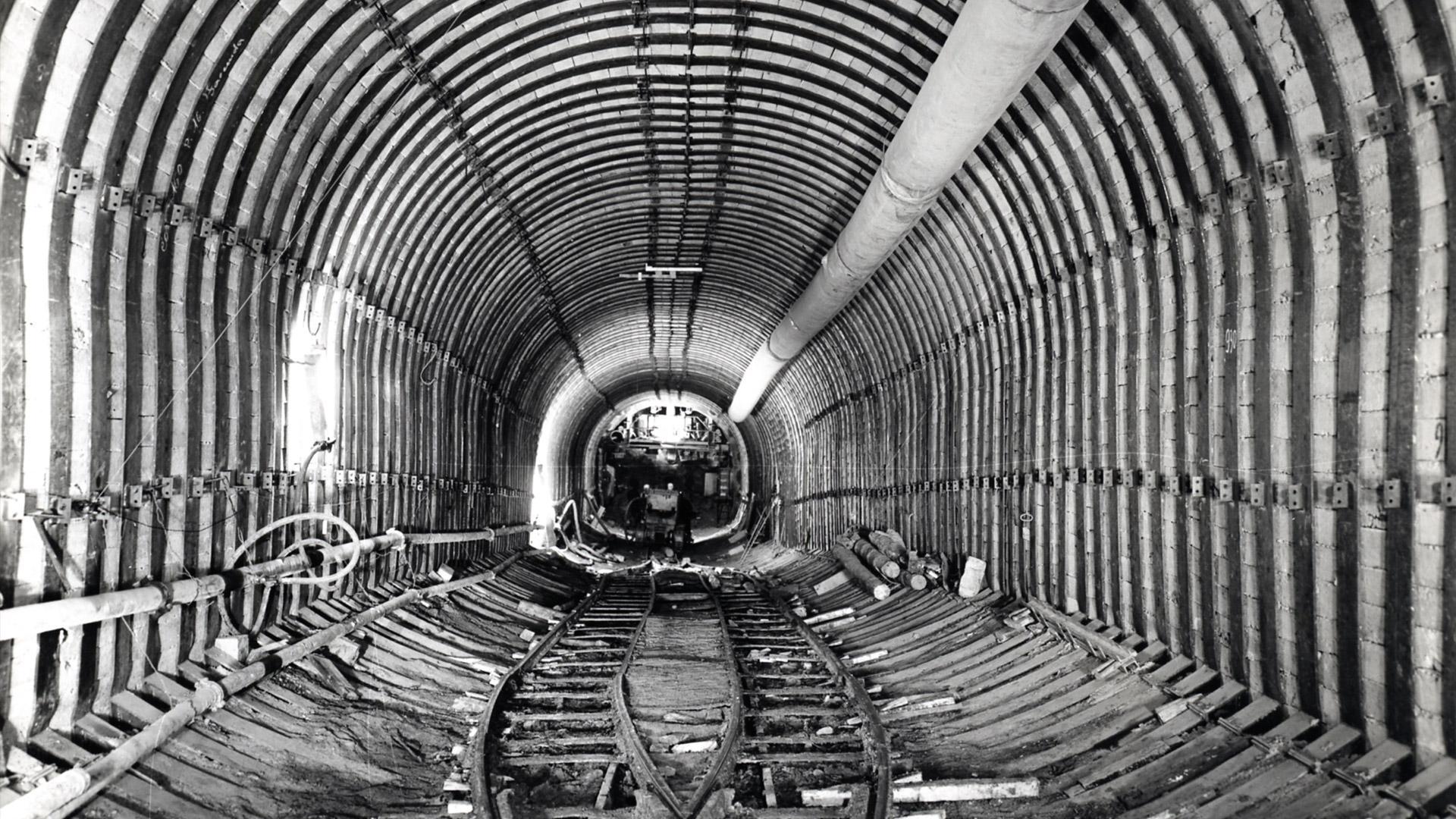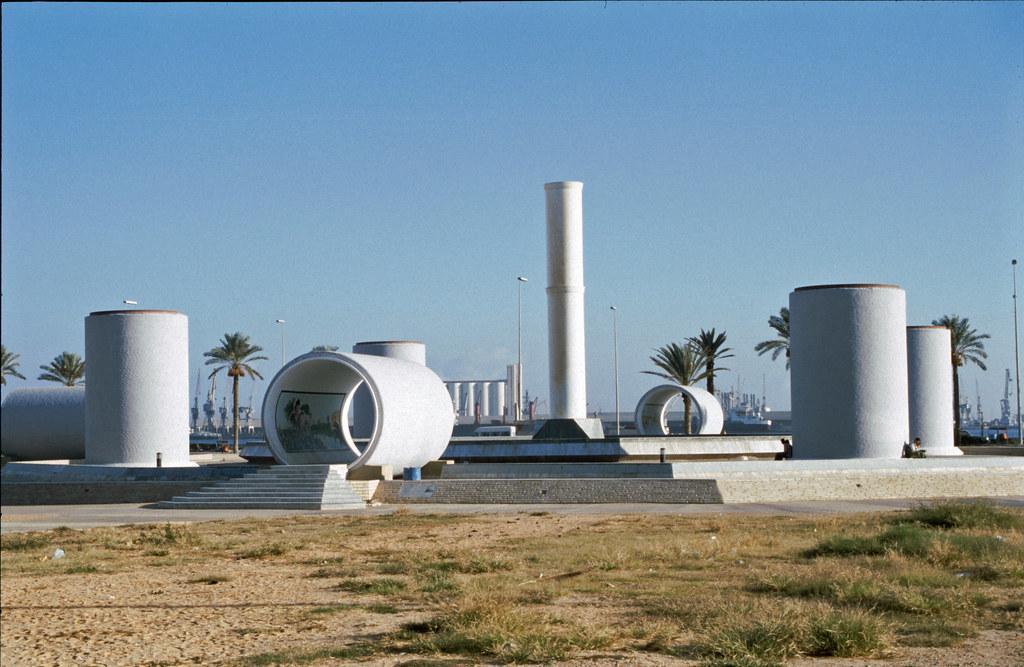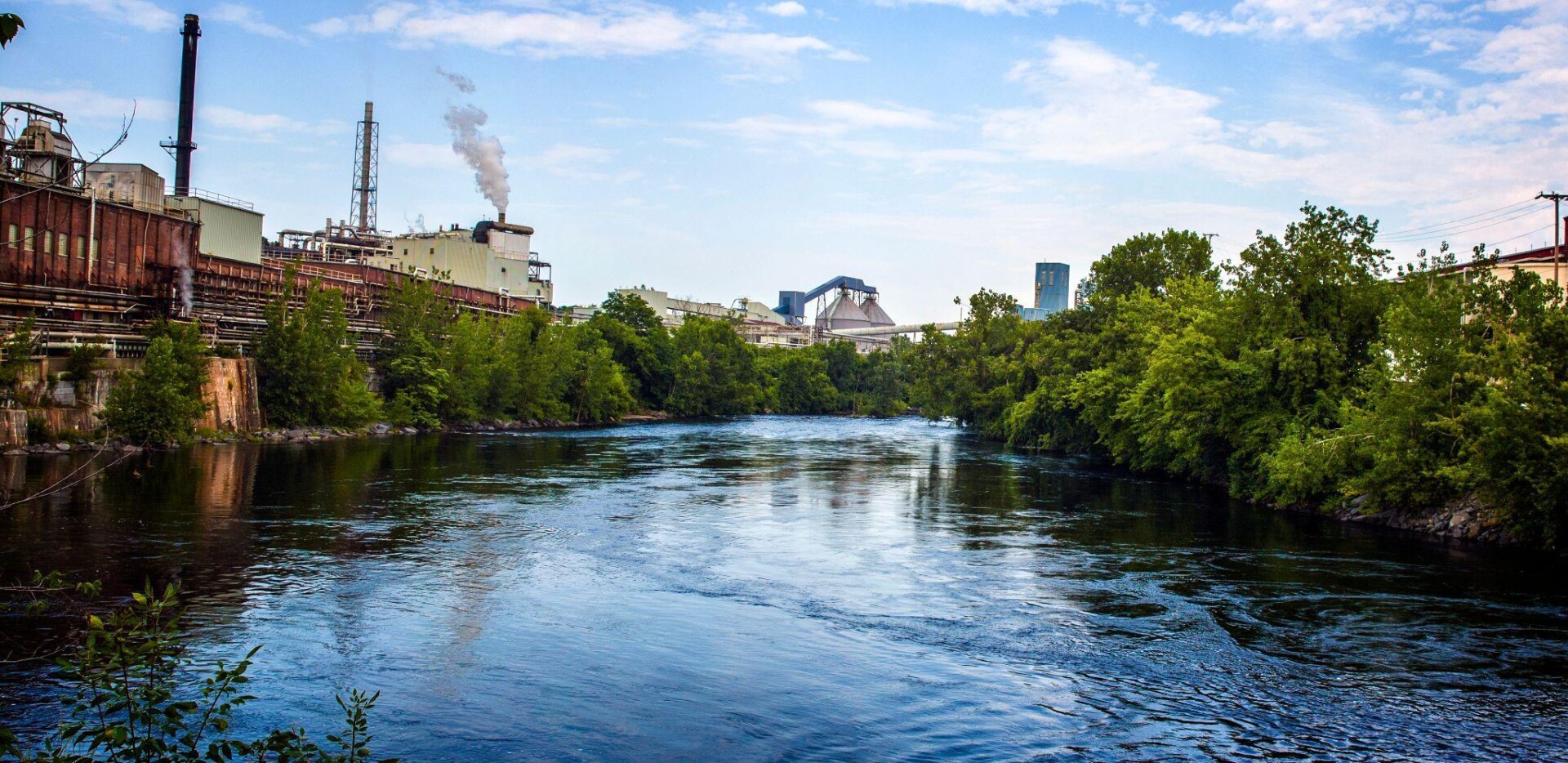Whether sourced from rivers, lakes, seas, or oceans, water systems are essential both for the environment they are embedded in and for the communities that benefit from water resources.
1. Fortore Tunnel and Occhito Dam, Tavoliere delle Puglie
The Tavoliere delle Puglie, a vast plain in the province of Foggia, experienced a major transformation between 1957 and 1966 with the construction of the Fortore Tunnel and the Occhito Dam (hence the artificial lake of the same name, Lake Occhito).
These water systems brought stable water supplies to the region, critical for both agricultural irrigation and providing clean drinking water to the population.
The intervention marked a turning point in the area’s modernization, improving quality of life and contributing to its socio-economic development.
2. Great Man-Made River, Libya (Nubian Sandstone Aquifer System)
The Great Man‑Made River is a massive underground aqueduct system built by Libya, featuring 2,800–4,000 km of prestressed concrete pipelines and more than 1,300 wells reaching depths of up to 500 meters.
It is capable of transporting around 6.5 million cubic meters of fresh water per day from the Nubian Sandstone Aquifer System to the coastal cities of Tripoli, Benghazi, Sirte, and Tobruk.
Launched in the 1980s, this water distribution system remains only 70% complete due to ongoing conflicts and instability since 2011.
3. Catskill Aqueduct
The Catskill Aqueduct stretches approximately 148 km, carrying water from the Ashokan reservoir in New York and Schoharie reservoir to the Kensico Reservoir, relying entirely on gravity, even as it passes 335 meters below the Hudson River.
It supplies about 40% of New York City‘s drinking water resources, with an operational capacity of 350–400 million gallons per day.
Upon arrival at the Kensico Reservoir, the water enters the world’s largest ultraviolet disinfection facility, and is then treated with chlorine and fluoride before being distributed as potable water.




